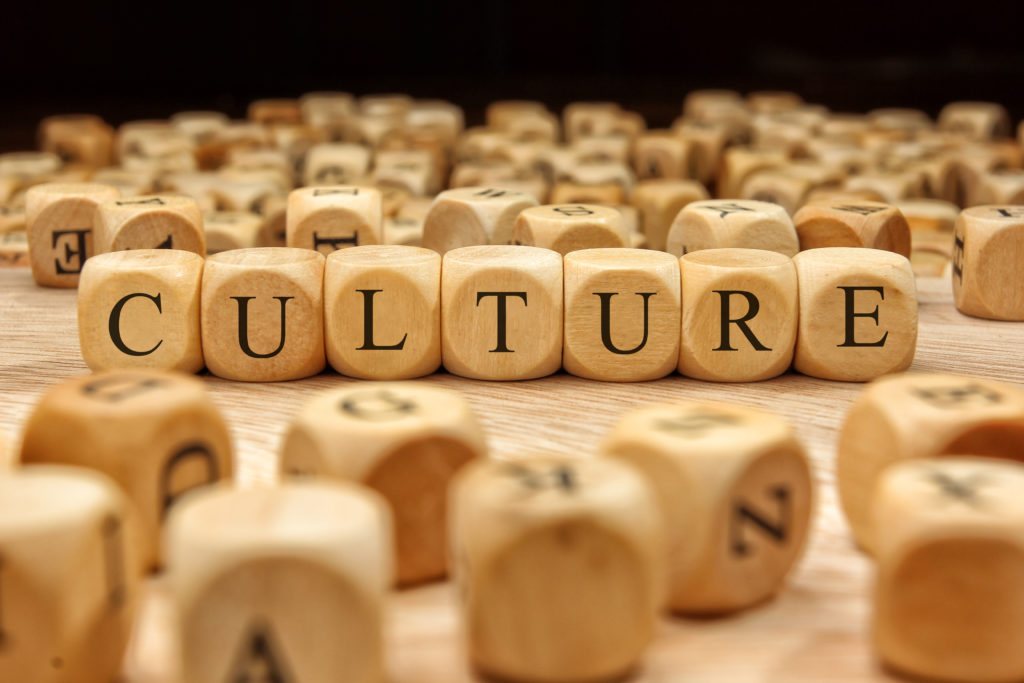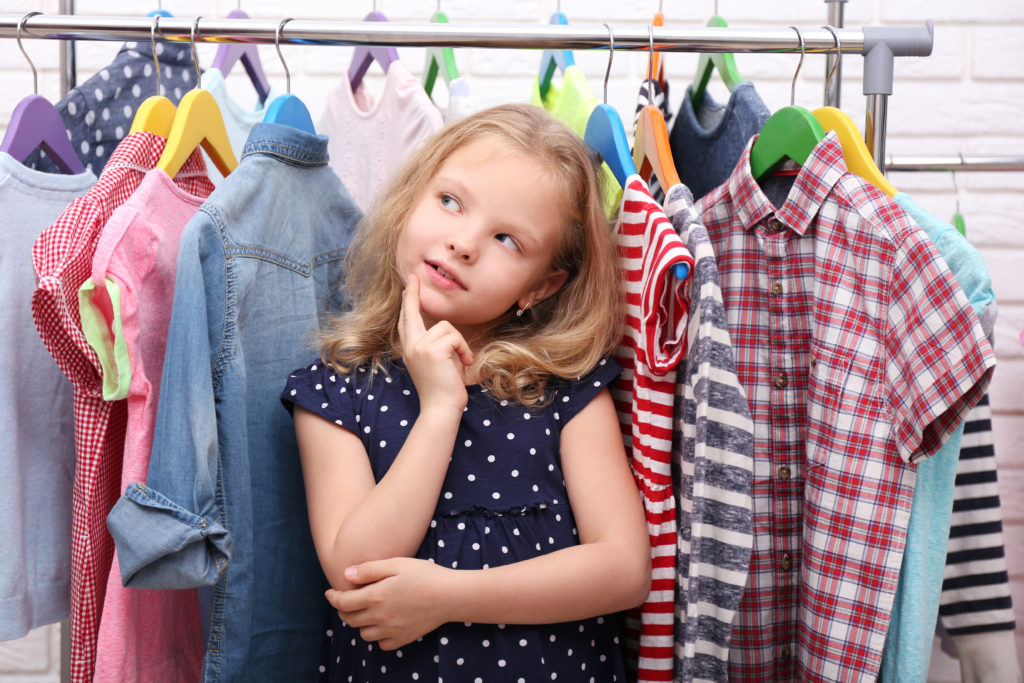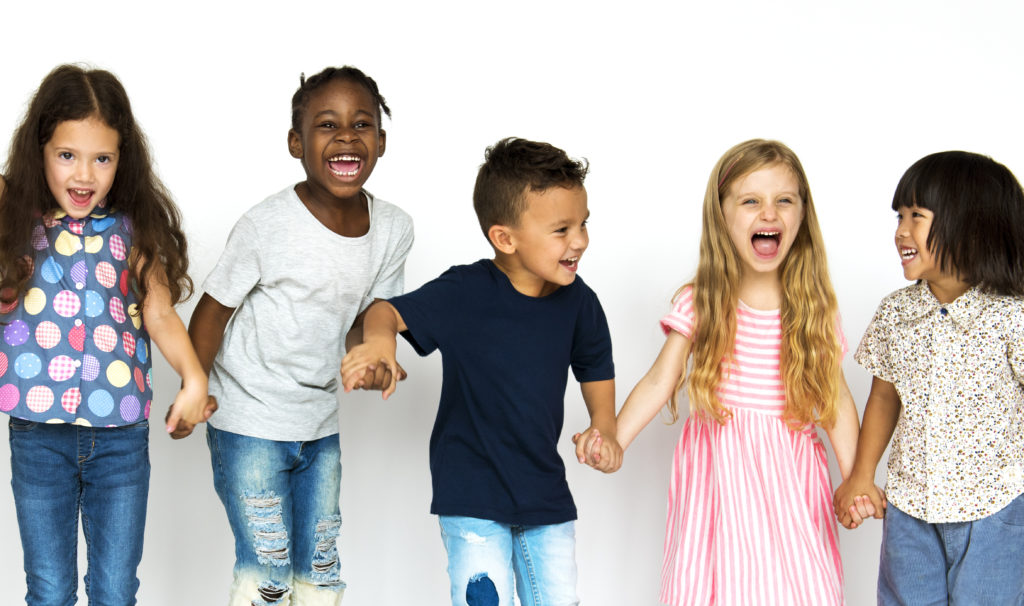Meet the Swahili Alphabet: Easy and Fun for Kids
Swahili, or Kiswahili, is a vibrant and musical language spoken by millions of people in East Africa. It is more than just a language—it is a bridge between cultures, a reflection of history, and a part of daily life for many children and families across the region. Whether you’re learning Swahili or just curious, this article offers a fun and friendly introduction to the language’s origins, usage, and global influence.
What Is Swahili and Where Is It Spoken?
Swahili belongs to the Bantu language family, which includes other African languages like Zulu, Xhosa, and Shona. While it is the official language of Tanzania, it is widely spoken across Kenya, Uganda, and northern Mozambique, and even on the islands of Lamu, Pemba, and Zanzibar. In Kenya, Swahili is the national language, but English is still used for official documents. In Uganda, Swahili is common among soldiers and communities, even though English is the official language.
The word Kiswahili means “coastal language”, as it was developed along the eastern coast of Africa where people traded with merchants from Arabia, India, Portugal, and Indonesia.
A Language Born from Trade and Cultural Exchange
Swahili has a rich history that goes back to the first century A.D., when it began as a language used in trade. Over time, it became influenced by many languages, especially Arabic—about one in every three Swahili words comes from Arabic! The Swahili people are descendants of Cushitic herders, Bantu tribes, and various trading cultures, who blended their customs and language to create something entirely new.
This mixture led to the rise of Swahili-speaking communities all along the East African coast. Today, Swahili continues to evolve and is spoken by an estimated 50 to 100 million people, with about 2 million native speakers.
Swahili Around the World
Did you know that Swahili can be heard on international radio stations? It’s broadcast on networks like:
-
BBC (United Kingdom)
-
Radio Cairo (Egypt)
-
Voice of America (USA)
-
Deutsche Welle (Germany)
-
Radio Japan International
-
Radio Moscow International
-
Radio China International
Swahili is also featured in music, movies, and TV! For example, the song Liberian Girl by Michael Jackson includes the Swahili line “Nakupenda pia, nakutaka” (I love you too, I want you). In Disney’s The Lion King, several Swahili words are used as character names, such as:
-
Simba – lion
-
Rafiki – friend
-
Hakuna Matata – no worries
These examples show how Swahili has become a beloved part of global pop culture.
How Is Swahili Written?
Swahili uses the Latin alphabet, just like English, with 26 letters. However, there are also some special combinations used in pronunciation. That makes it easier for many kids to read and write in Swahili when they start learning!
How Kids Can Learn Swahili Easily
Children love learning Swahili because of its rhythm, songs, and friendly sounds. If you’re looking for a fun way to start, Dinolingo is a fantastic platform made just for kids. It includes:
-
Interactive online Swahili lessons
-
Colorful storybooks and songs
-
Printable worksheets and flashcards
-
Learning games and rewards
-
A parent dashboard and offline access
Dinolingo is suitable for children aged 2 to 14, and one subscription can be used by up to 6 users, making it perfect for families. Whether on the web, iOS, or Android, your child can explore Swahili in a joyful and playful way.
Final Thoughts
Swahili is more than just a language—it’s a doorway to history, culture, and imagination. From ancient trade routes to Disney movies, it connects people across time and continents. If your child is curious about languages, introducing them to Swahili can be an exciting adventure. Through songs, stories, and interactive tools like Dinolingo, Swahili becomes not only easy to learn, but also fun and meaningful.
Let the journey begin with simba, rafiki, and a joyful hakuna matata!



